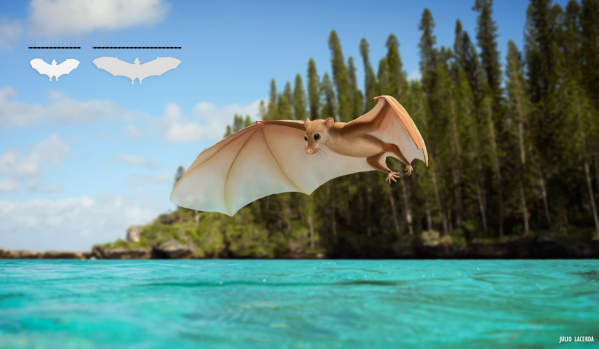Recently a study for no evidence for Bergman’s rule (animals growing larger with colder climates) in Mesozoic dinosaurs and synapsids. Then another study came to mind, finding that mammals shrunk during the Paleocene-Eocene Thermal Maxium.
This lead to a question: what if Mesozoic mammals were strongly impacted by higher global temperatures, and couldn’t grow much larger?
Animals like Patagomaia, Repenomamus and Oxlestes among others show that relatively large sizes could be attained by Mesozoic mammals. The presence of absence of dinosaurs doesn’t seem to impact how large mammals grow (for instance both Maastrichtian Patagonia and early Cretaceous Liaoning have highly diverse small to large dinosaur faunas), so maybe global temperatures being higher made it harder for mammals to grow larger due to their high metabolisms.
Then again some Mesozoic synapsids didn’t have as high metabolisms and modern mammals, so who knows?

